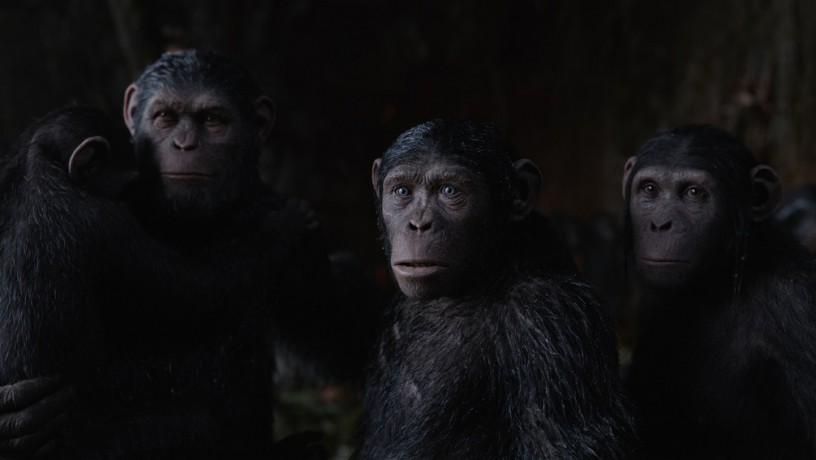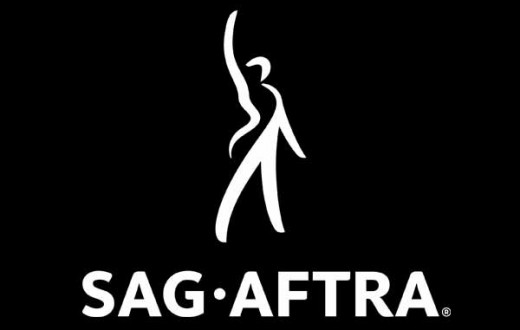Are there unique challenges actors face when portraying non-human characters, such as animals and mythical creatures? You bet there are! This kind of work also involves a range of techniques carried out behind the scenes. And oh! There are also characters who are literally AI (artificial intelligence)! (For a quick peak at an actress portraying an AI character, watch this clip from The 100 where Erica Cerra plays A.L.I.E.)
Challenges of Playing Non-Human Characters
Physicality
One of the most significant challenges actors face when playing non-human characters is adapting their physicality. Human bodies are not designed to move like animals or mythical creatures. Actors must find ways to convincingly portray the physical attributes and movements of their non-human characters, often requiring extensive physical training and practice.
Physical Transformation
Actors often need to undergo significant physical changes to resemble non-human characters. This can include wearing heavy prosthetics, elaborate costumes, or extensive makeup, which can be uncomfortable and restrict movement.
Doug Jones is known for his ability to undergo extensive physical transformations using prosthetics and makeup to portray non-human characters.
Movies/TV Shows: “Pan’s Labyrinth” (as Faun), “Hellboy” series (as Abe Sapien), “Star Trek: Discovery” (as Saru)
Vocalization
Non-human characters often have distinct vocal patterns that differ significantly from human speech. Actors must learn to modulate their voices to match the sounds of the creatures they are portraying, whether it’s the roar of a lion, the chirping of a bird, or the synthesized speech of an AI. This can involve changing pitch, tone, and as mentioned above, learning to make non-human sounds, which can be challenging and require vocal training.
Bradley Cooper provides the voice for Rocket Raccoon, altering his voice to match the character’s unique, raspy tone.
Movies/TV Shows: “Guardians of the Galaxy” series (as Rocket Raccoon)
Emotional Expression
Conveying emotions through a non-human character can be challenging, as their facial expressions and body language may not be as recognizable as those of humans. Actors must find creative ways to express emotions that resonate with the audience, even when the character’s physical form limits traditional expression. Actors must find creative ways to express emotions. I challenge you to do this!
Alan Tudyk has portrayed various non-human characters, using body language and vocal inflection to convey emotions through robotic characters.
Movies/TV Shows: “Rogue One: A Star Wars Story” (as K-2SO), “I, Robot” (as Sonny)
Suspension of Disbelief
Actors must fully commit to their roles, convincing the audience that they are indeed the creature or entity they are portraying, despite the obvious physical differences. This requires a deep immersion into the character and a commitment to the role, even when it differs significantly from human experiences.
Technical Challenges
For characters that require CGI or motion capture, actors must perform with the understanding that their physical performance will be transformed digitally. This can be difficult as it requires acting in a highly technical environment, often with limited physical props or reference points.
Zoe Saldana’s performance as Neytiri in “Avatar” involved motion capture technology, requiring her to act in a highly technical environment while bringing an alien character to life.
Movies/TV Shows: “Avatar” (as Neytiri)
Techniques for Bringing Non-Human Characters to Life
Physical Training and Movement Workshops
Movement workshops, such as those based on the principles of mime or animal behavior studies, can help actors develop the physicality required for their roles.
Andy Serkis is renowned for his motion capture performances, where he masterfully captures the movements and body language of non-human characters.
Movies/TV Shows: “The Lord of the Rings” series (as Gollum), “Planet of the Apes” series (as Caesar), “King Kong” (as Kong)
Voice and Speech Training
Vocal coaches and speech therapists can assist actors in developing the unique vocal patterns of their non-human characters. This training can include exercises to expand vocal range, control tone, and mimic specific sounds or speech patterns.
Puppetry and Animatronics
In some cases, actors may use puppetry or animatronics to portray non-human characters. These tools can help actors achieve the physical and vocal characteristics of their characters, while also allowing for a greater range of emotional expression.
Motion Capture Technology
Motion capture technology has become increasingly popular for portraying non-human characters, especially in film and video games. This technology allows actors to perform their roles while wearing special suits that capture their movements, which are then translated onto a digital character. This technique enables actors to bring a high level of realism and emotional depth to non-human characters.
Benedict Cumberbatch used motion capture to portray the dragon Smaug, fully committing to the character’s movements and voice to create a believable and menacing presence.
Movies/TV Shows: “The Hobbit: The Desolation of Smaug” (as Smaug)
Method Acting
I always come back to Method Acting which is a technique in which actors fully immerse themselves in their characters. It can be particularly effective for portraying non-human roles. By deeply connecting with the character’s mindset and emotions, actors can bring a sense of authenticity and believability to their performances.
Collaboration with Directors and Animators
Directors can provide guidance on how to balance the character’s non-human traits with relatable human emotions, while animators can work with actors to ensure that their movements and expressions are accurately translated onto the screen.
By embracing the above challenges and refining their techniques, actors can transcend the limitations of the human form and immerse audiences in captivating portrayals of non-human entities. As we continue to push the boundaries of storytelling and performance, let us celebrate the creativity and dedication that actors bring to embodying the non-human world.






